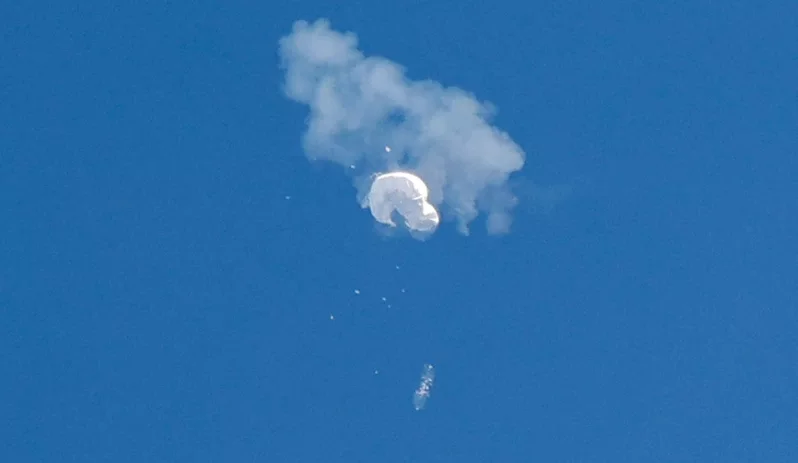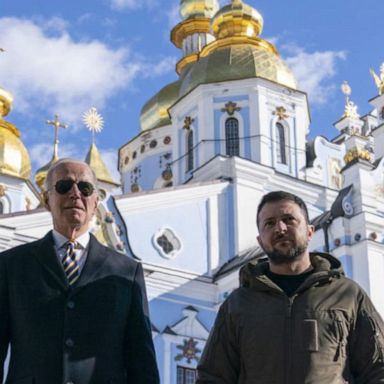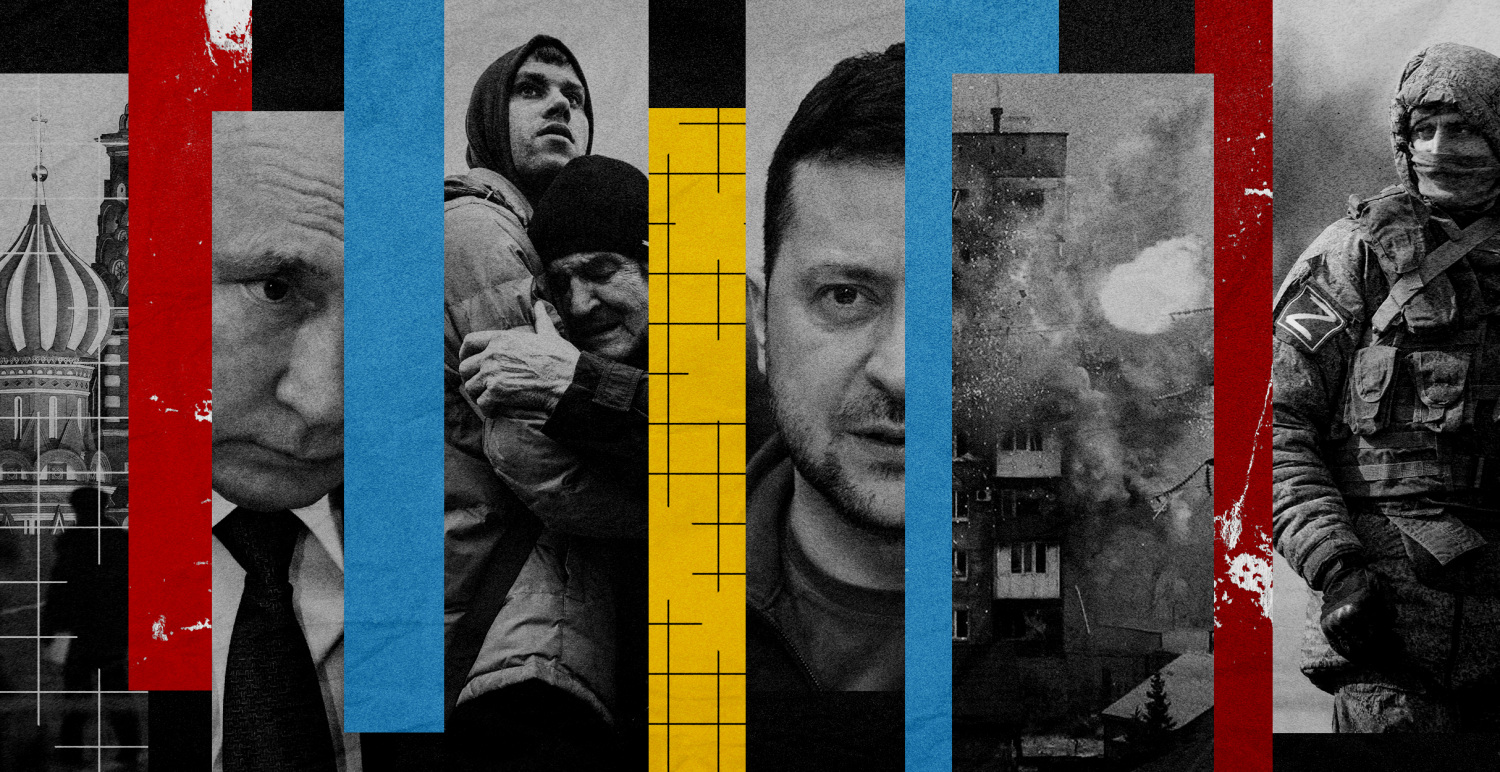
Extended Balloon Crisis: Has the US Played Itself?
For one thing, a recent investigation by Pulitzer Prize-winner and veteran American journalist Seymour Hersh revealed that the explosions that destroyed [three of four] Baltic Sea Nord Stream natural gas pipelines last year occurred with the approval of President Joe Biden. Although the CIA immediately dismissed the report as a lie, Hersh’s report detailed how the perpetrators were graduates of the U.S. Navy Diving and Salvage Training Center in Panama City, Florida; how the plan began with numerous meetings within the White House prior to Russia’s invasion of Ukraine; and how the Norwegian government agreed to cooperate with the operation on the condition that it would use NATO’s summer exercises to plant the explosives, with the aim of severing Western Europe’s dependence on Russian gas. It appears that Hersh’s allegations were not without foundation.
For another thing, assuming the investigative report is true and given Hersh’s international reputation, the U.S. would have to move quickly — not just to avoid any rift in relations with Germany that could affect support for Ukraine, but also to capitalize on the Chinese Communist Party’s errant balloon narrative, given that the term “spy balloon” is not official.
Montana resident Chase Doak tweeted that what he first took for a UFO and then thought was a Wizard of Oz cosplay scenario turned out to be nothing more than a “run-of-the-mill Chinese spy balloon.” The problem with that is, it is hard to imagine the average person discovering something in the sky and associating it with a Chinese spy balloon. Later, a woman from the same state reported that the U.S. military had shot it down, and the U.S. military indeed subsequently shot the balloon down over the Atlantic Ocean. The whole balloon story, when strung together, seems to be playing out as if it were scripted.
The balloon crisis has been raging for more than half a month, with Beijing accusing the U.S. of also using spy balloons. After unidentified objects appeared in the skies over Japan and Europe, the U.S. intervened to deescalate the out-of-control situation, shifting its stance on the subsequent downing of objects from “not ruling out” to “not involving” either country’s intelligence agencies. This hardly makes for a convincing position, as U.S. intelligence officials have also recognized that the CCP’s balloon reconnaissance is not accidental — implying that they must be at least somewhat informed. Now, though, they are not able to show with any clarity where the balloons come from, and that is unbecoming of a powerful country.
The United States’ switch from arrogance to deference is mainly due to the fact that there is still no end in sight to the war between Russia and Ukraine, and that it is no longer advisable to create an enemy with whom to engage in direct conflict. What’s more, domestic, mainstream U.S. media and the West in general have been relatively indifferent to the Nord Stream bombing, so the Hersh report may not prove particularly effective.
On the other hand, with Biden’s failure to respond head-on to the issue of the spy balloons, something which upset Congress, the media reported that Biden might comment on the balloons before his visit to Poland, so it may be up to him to explain himself at that point.


